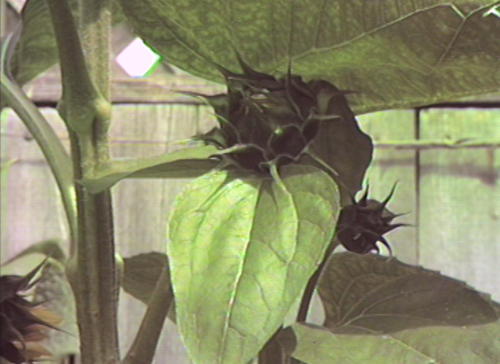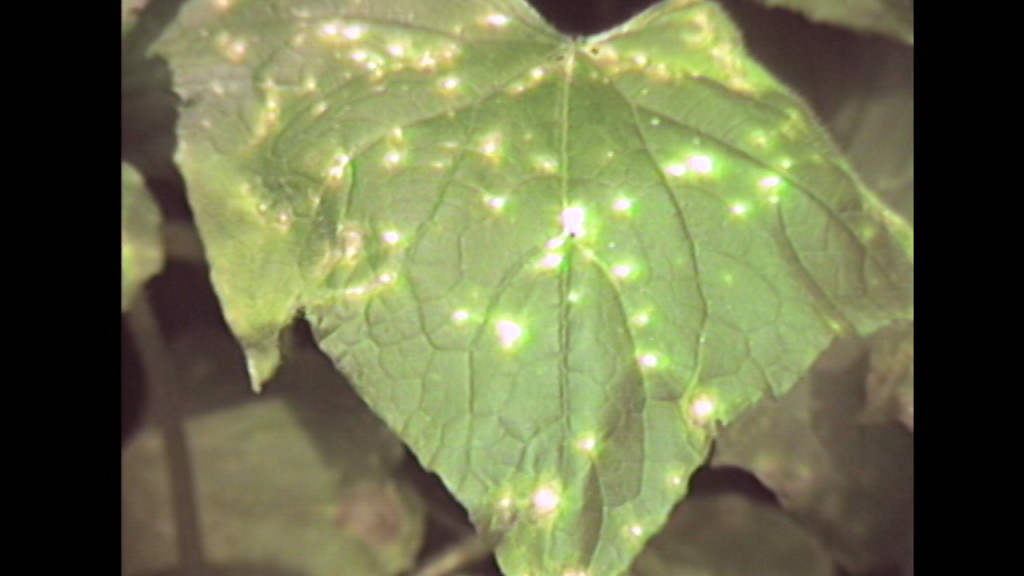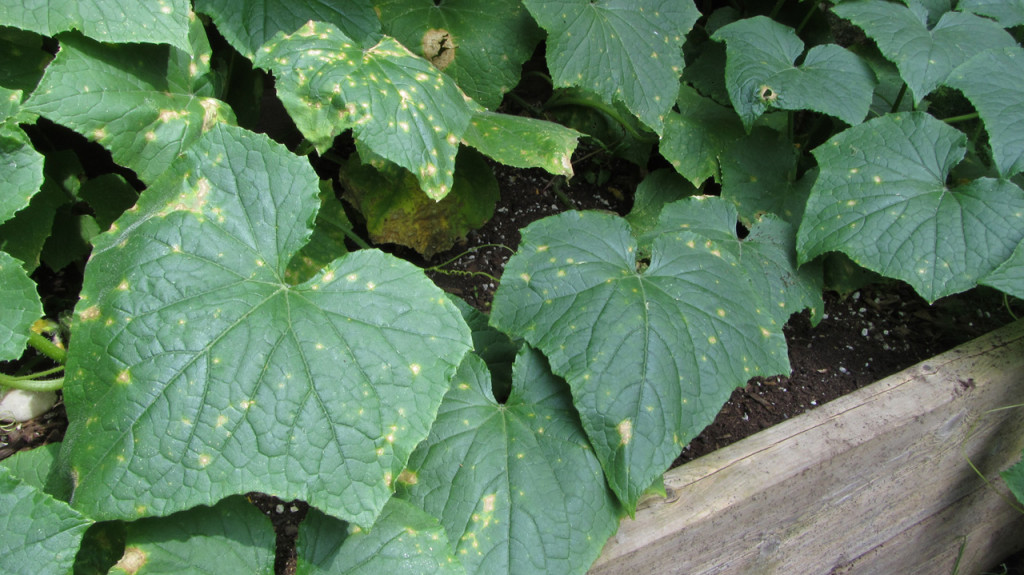Camera Test #101: The Sharp QC-54 (1985)

I thought the best way to start the New Year is with a video, if not one that reflects the kind of material that’ll be appearing on this site in 2014.
I’ve previously posted short tests of various trippy effects-styled videos, but one type I’m keen on adding – for now, at irregular intervals – deals with test runs of vintage cameras. You can find assorted test videos on YouTube easily, but in many cases they’re zoom-happy, out of focus ad hoc creations that can run on much longer than necessary, and when really intriguing and well done, run too short.
Part of the problem lies in the logistics of actually filming something interesting with a vintage camera that’s bulky, requires a lot of light, a power supply (AC, battery equivalent for an obsolete camera and / or VCR,, and a recording device. I’ve a gorgeous Sony broadcast camera that’s screaming for a test run outside of home, but logistics + transporting the heavy beast is a challenge (and certainly not something I want to do in winter).
Smaller cameras like the Sharp QC-54 make a test doable, but there’s still the issue of powering the cameras and recording the material onto media offering the best resolution (unless you’re after a level of grain and noise unique to lo-fi media such as VHS) , but the garden test I shot back in August of 2013 was a no-brainer, given everything I needed was within a few metres: camera, power, light, and plenty of rich green bushes of basil.
For the test, the Sharp was plugged into a vintage breakout box / power supply, and the mono audio + video were sent into a Sony MiniDV recorder and bounced to a hard drive. The footage was edited, colour corrected, and rendered as a 720p H264 file in Adobe Premiere, and finally uploaded to Vimeo and YouTube. (A 1080p variant was way too big for an upload, since the file would exceed 1GB.)
The audio levels were increased but left unedited so you could hear the kind of handling sounds it picked up when panning, focusing, and especially zooming in & out with the smooth manual lever.
I love the Sharp for its small size and ray-gun-styled design, and from what I’ve found it was the smallest tube camera on the market in & around 1985. Sharp’s version is different from the original made by Konica in that it lacks a plug for an electronic viewfinder (with the Sharp variant, you see ‘through-the-lens’ like an SLR, so there’s no way to playback recorded footage from the connected VCR as with larger cameras of the era) and it has no auto-focus. It also has an auto-iris that can’t be overrided, which explains the bleached out images that occur before the sensor kicks in and ratchets down the aperture.
You can see the unusual effect in some ‘hot’ shots of green leaves where it resembles a reverse-bleaching effect, like this frame grab from the video:

and this production shot from a standard digital camera:

The Konica cameras also used a Coviscon tube, although I doubt there’s much of a difference between it and the Newvicons used by Sharp. The four light settings (filters) have minimal effect on the image, and there’s no manual white balance. What the camera literally does is record medium-shot footage with mono sound, and your only control is a red button that starts / stops the VCR’s recording. Highly basic.
I used the camera to shoot grubby footage for my BSV 1172 doc, and this test was designed to show the camera can shoot decent video in normal lighting situations. That’s why some of the best test videos on YouTube take place in a garden: you have a variety of colours, changing light, water, and details from foliage which easily demonstrate a camera’s pros and cons.
I’ve posted links to the respective Vimeo and YouTube uploads at the end, and below are screen shots from the filters used to re-align the greenish hue that affects these cameras. It might be due to age and wear, but it seems a lot of entry-level consumer cameras with Newvicon tubes are skewed a little in the green realm. Panasonic’s prosumer models in the WV line (like the WV-3230 and 3240) are much cleaner, and their 3-tube Newvicon units are sharper. (My preferred tube is the Saticon, but there are benefits to the Newvicons, especially their slight edge in low light conditions.)
Either way, there’s a genuine aesthetic to the rather pastel, soft focus images from tubes which make them very different from crisp & clean HD cameras.
Adobe Premiere’s RGB Color Corrector knocks down the green levels and lets you tweak the blues and reds a little, and boosting the Saturation in Fast Color Corrector augments the weaker colours a little. Here’s a snapshot of settings I used:

Vimeo:
Camera Test #101: Sharp QC-54 (1985) from Mark R. Hasan on Vimeo.
YouTube:
Production stills of the camera are archived on my Flickr page.
Cheers,
Mark R. Hasan, Editor
Big Head Amusements
